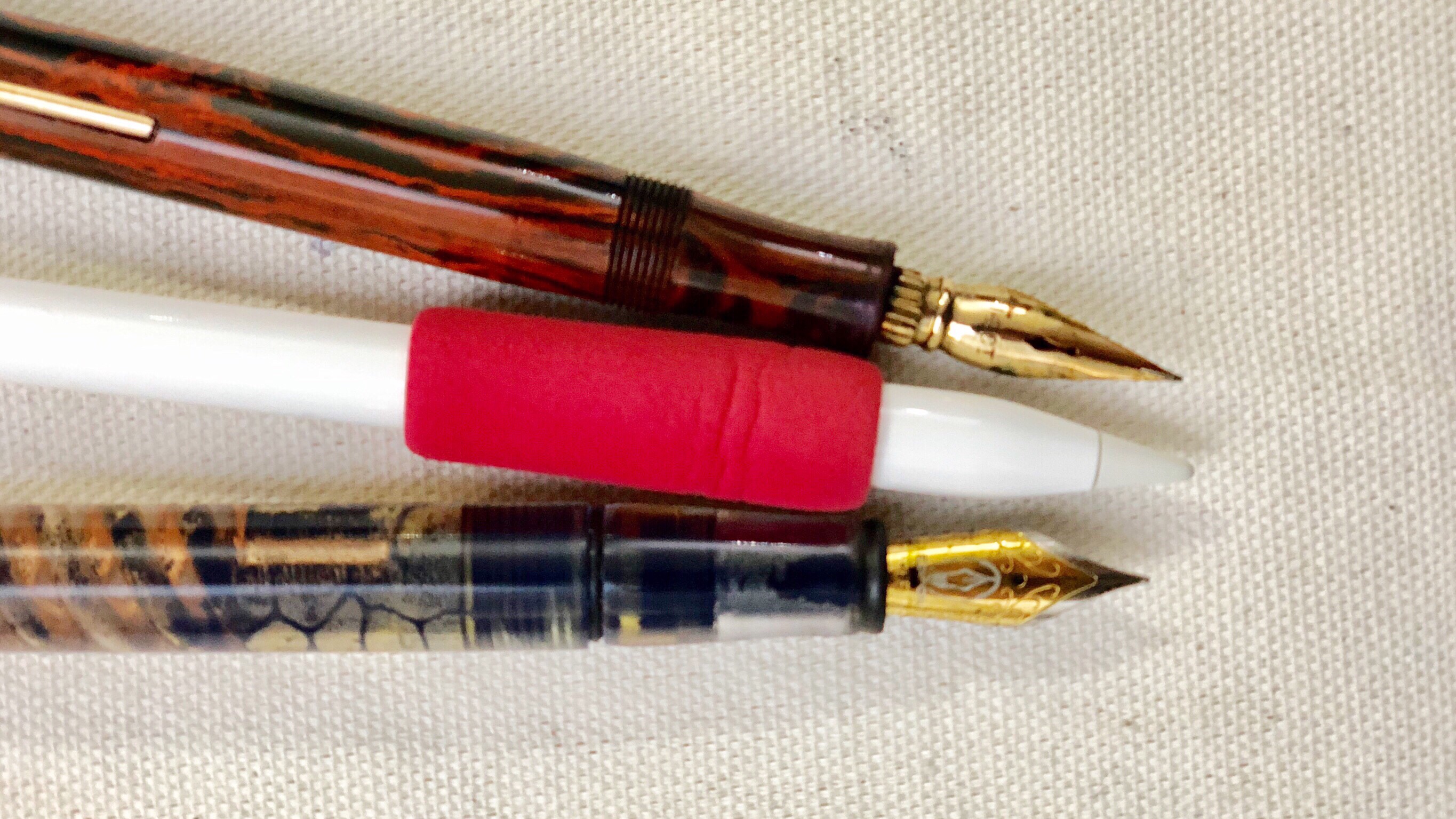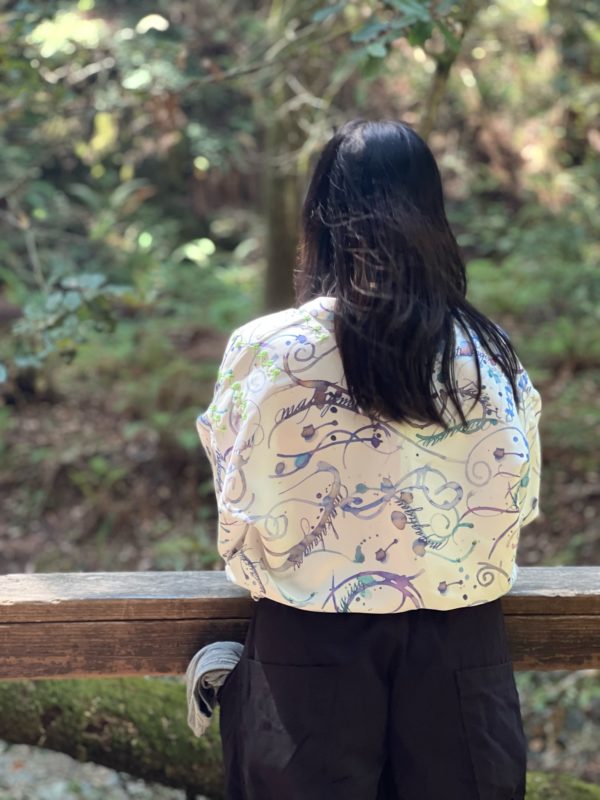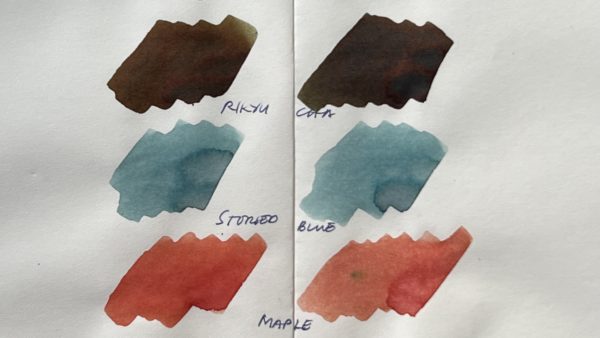“Oh yes, a lot of pen people work in technology.”
“Really? So why do they use old pens?”
“…Balance in the Force?”
“Okaaaaay.”
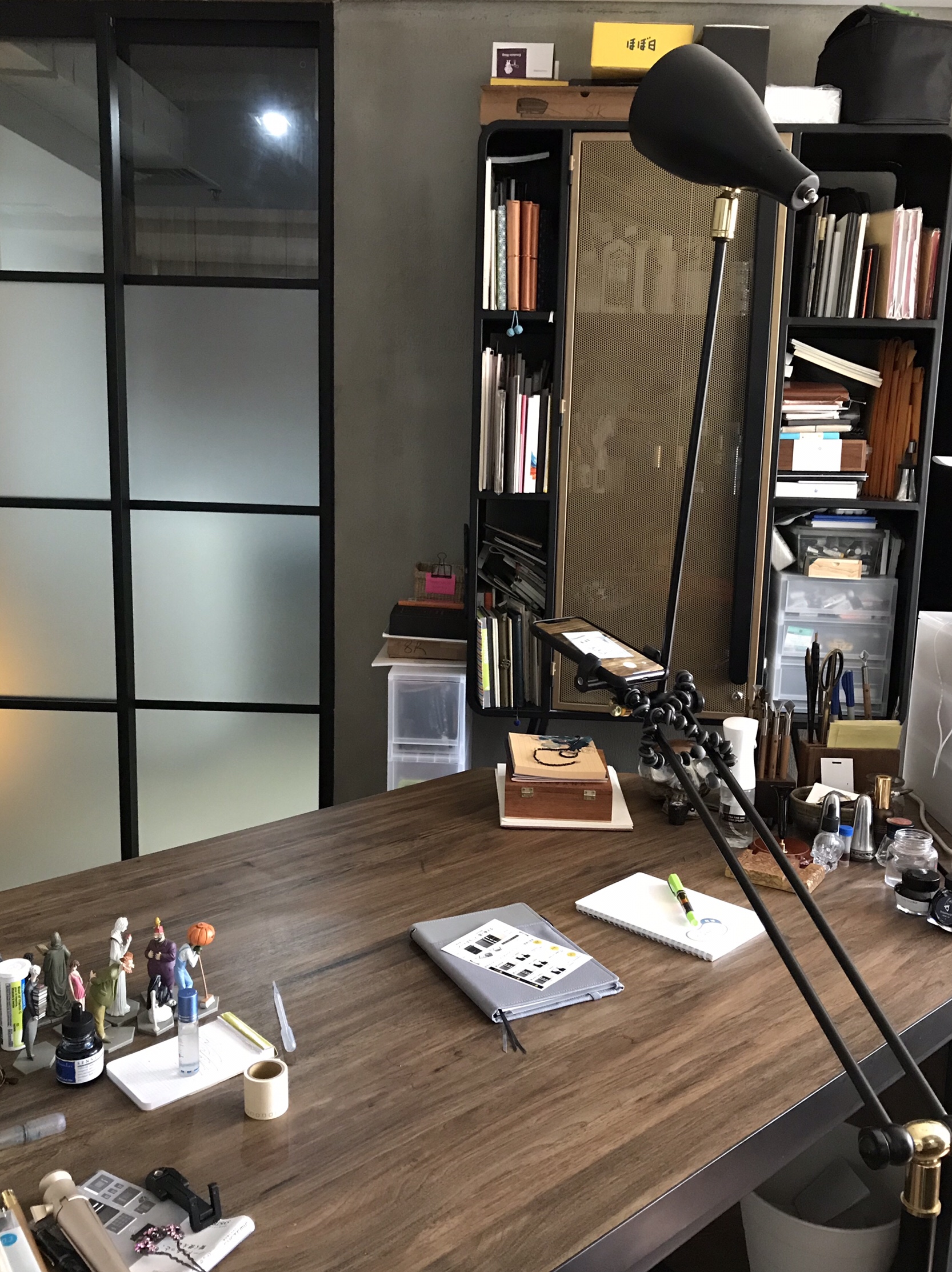
There are days it feels like I’m living from screen to screen. I answer several messages on your phone, check Instagram, hop to my laptop to clean up a few slides. Before I know it I’ve spent half my waking life absorbed in variously-lit pixels.
Butch Dalisay showed a class of young advertising people a 500 year-old book and a first generation iPhone that still worked. They seemed a little more awed by the iPhone. Perhaps because they expect specialized hardware to become obsolete faster than the printed page.
Nowadays, focus is a gift. I’ve been reminded, too frequently and too recently, to pay attention to friends around the table instead of my screen.
Fountain pens and ink and paper help me stay in the room and not wander off in chase of ephemeral pixels. Sometimes, so does doodling with a Pencil on an iPad. Both have physical feedback. A tiny brain interprets information from sensors, commits lines and splashes of color through Bluetooth. A bigger brain interprets information from the senses, and expects freshly-written words to shine wetly on a page.

I wear two watches: analog on the left, iWatch on the right. Both tell time, one tells nothing but time, the other displays what goes on most of the time, neither makes more time.
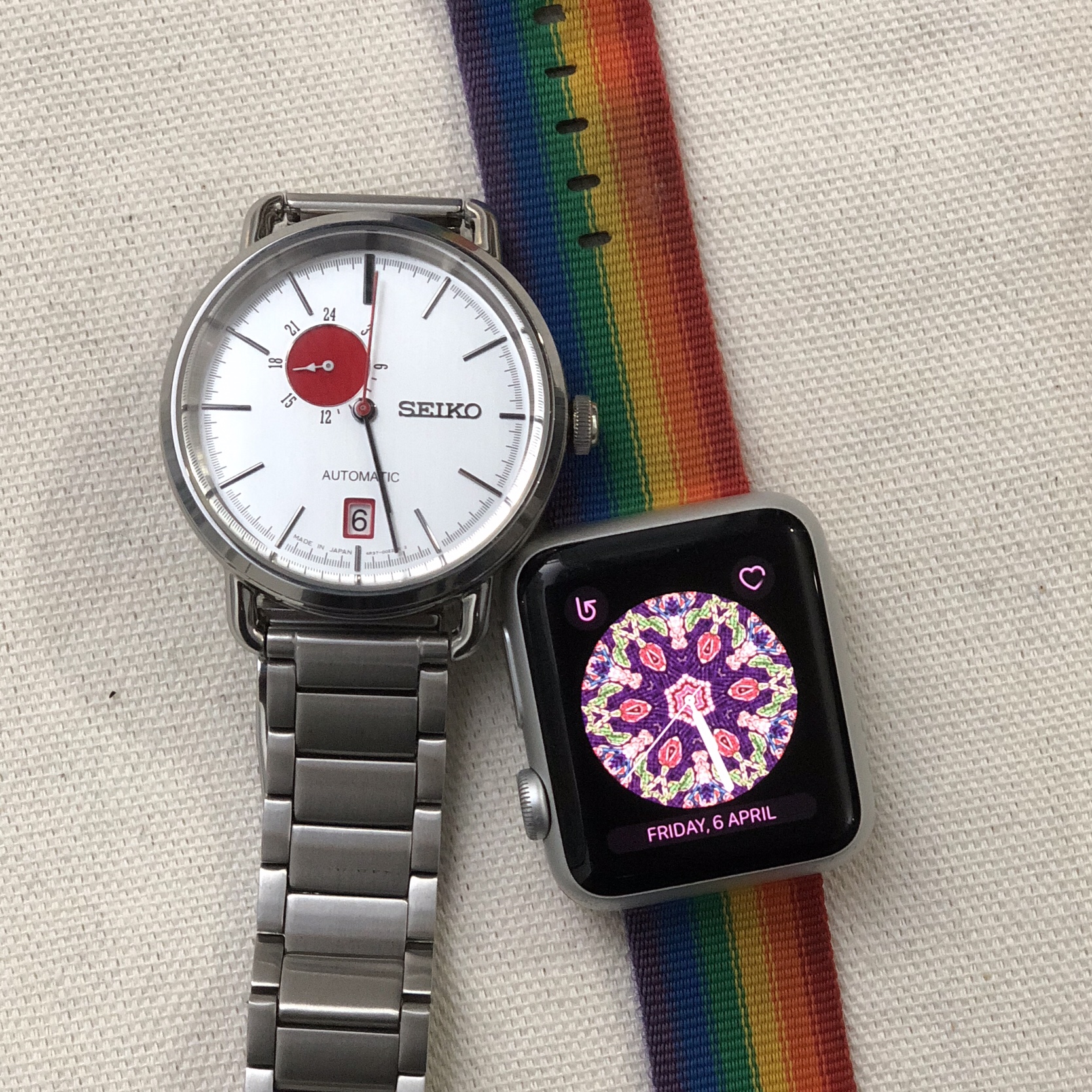
This jacket uses Japanese fabric from the Meiji era (1868-1912). The shoes are 3D-knit from fiber spun from water bottles. Both have been recovered: one from its own century, the other from polluting the sea. Both are ways of mending the world.
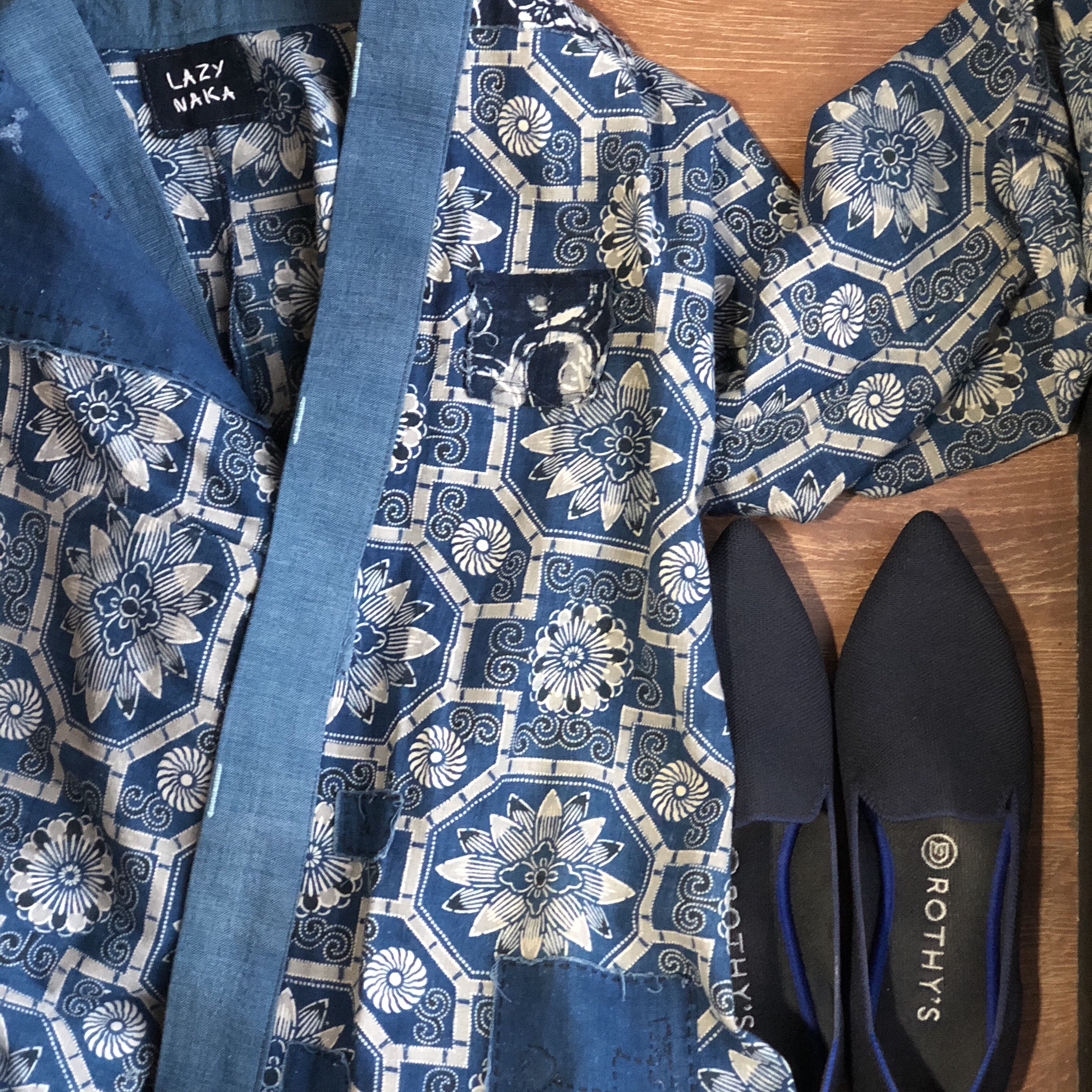
YStudio emblazons, truthfully, “the weight of words” on its boxes, both invitation and warning to those used to plastic-bodied pens. Not all writing has weight, but we want to feel something, don’t we? Metal outlasts frailer celluloid and ebonite, and feels more present in the hand. We don’t want to feel disconnected from our bodies. Weight reminds us of the space we occupy.

Nostalgia cycles faster nowadays, or is it just me? Was it only last year that we were enamored of the cloud and the infinity of images and words we could hoard, to call upon only when fitfully remembered? Mechanical keyboards, unlike printed photos, don’t originate from hazy fondness, but physical need. (Doesn’t your right thumb feel cranky after scrolling through multiple feeds?) I expect printing and typing might soon be replaced by voice and narration on demand. But not too soon, I hope. Touching is believing.
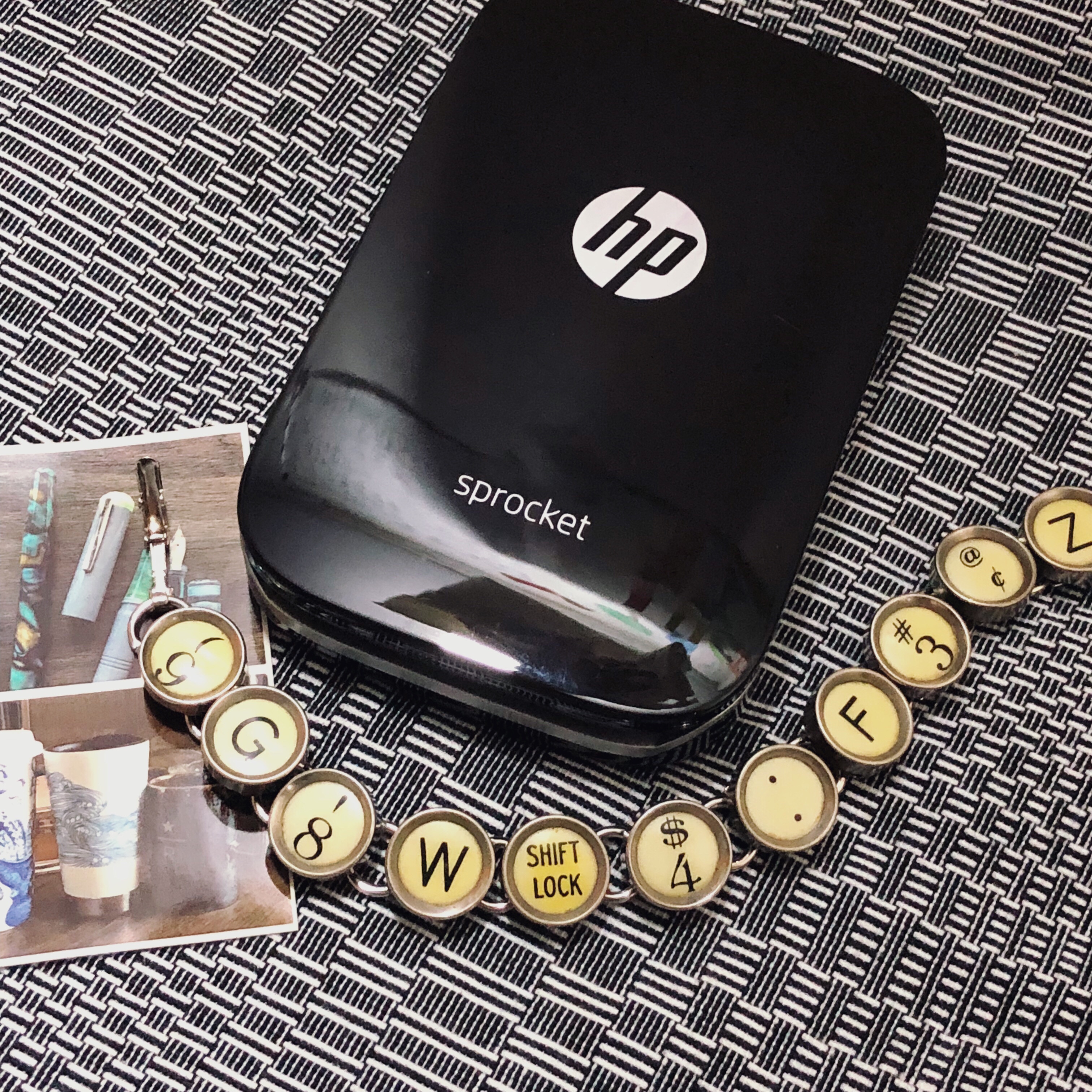
It is a peculiar kind of balance, but many of us are drawn to it, and have our own explanations. I see this ongoing attempt most clearly in my notes. Paper by 53, paper by Tomoe River.
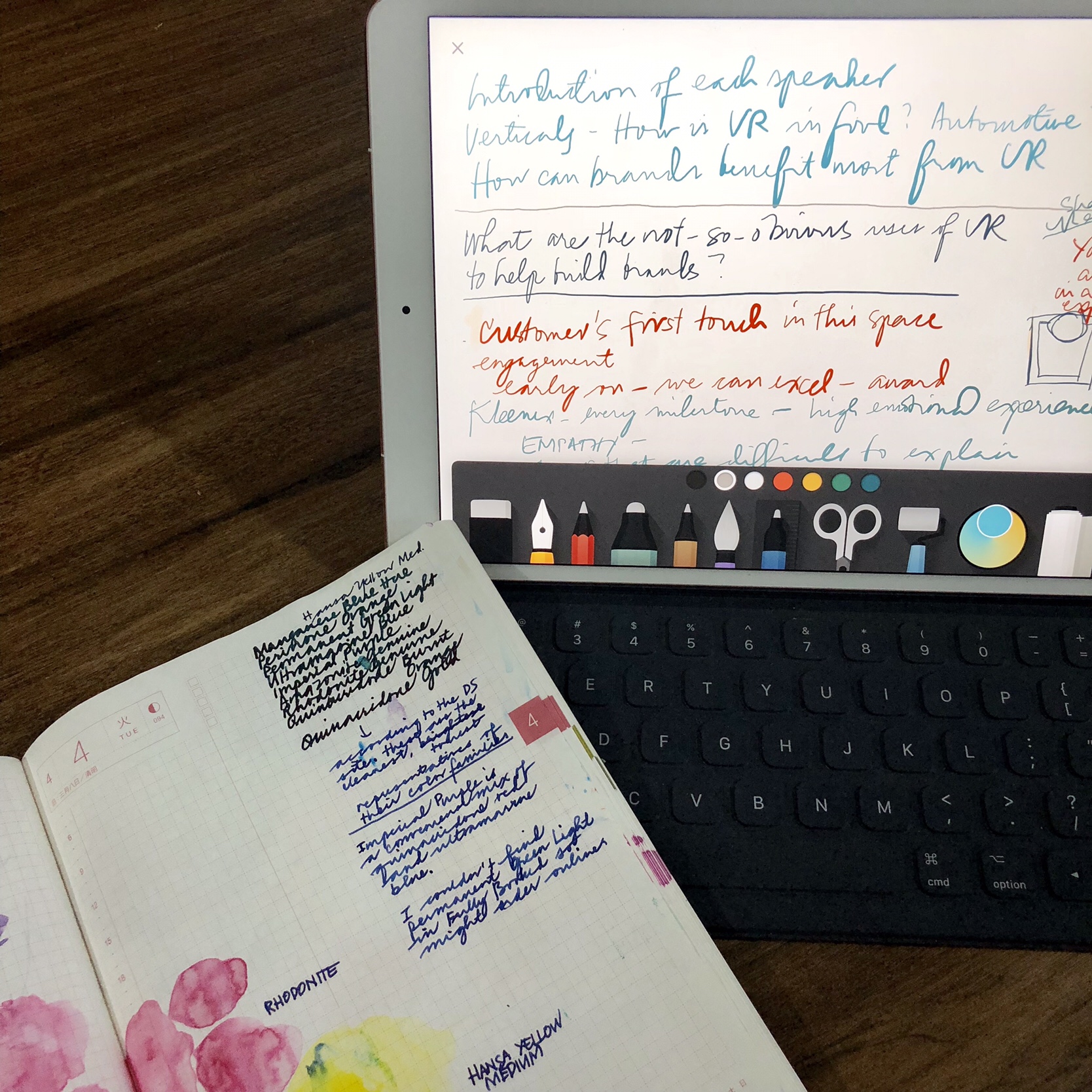
I don’t see us eschewing one over the other, going extremely digital or extremely analog. Each has their virtue and vice, their place in the world we’re trying to make better. How’s your balancing act coming along?
